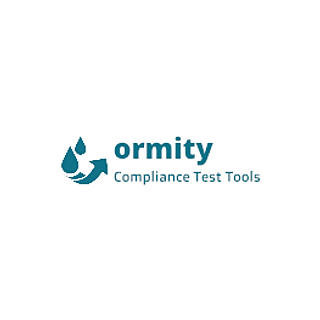Impact of Color on Temperature in Testing Equipment: A Scientific Perspective
- Dunel Atlantic
- Jan 19, 2024
- 2 min read
The color of surfaces plays a crucial role in determining the internal temperature of testing equipment, thereby influencing the outcomes of flammability and thermal resistance tests. This article delves into the intricate relationship between color and temperature, centering on UL94 flammability chambers and Glow Wire systems.
Color and Light Absorption: The strategic choice of dark colors, such as matte black, in flammability chambers aims to minimize light interference. Luminometry studies reveal that darker colors significantly absorb more light, transforming it into heat—an essential consideration in temperature-sensitive tests like the Glow Wire Test Apparatus.
Insights from Photometric Integration Spheres (1): The utilization of photometric integration spheres highlights that dark colors amplify the internal temperature of chambers, directly impacting test results. This temperature increase remains conspicuous even in controlled environments, underscoring the significance of incorporating color considerations in equipment design.

Scientific Basis: Caloric Values and Color Selection (2): Distinct caloric values characterize different colors. The color caloric values table serves as a valuable reference when designing testing equipment. Research consistently indicates that darker colors possess higher caloric values, providing a scientific foundation for the selection of specific colors.
Practical Examples - Glow Wire Test: The Glow Wire Test Apparatus, operating at high temperatures (up to 960°C), exhibits susceptibility to thermal fluctuations. Practical studies, such as [Reference1] and [Reference2], confirm the apparatus's sensitivity to temperature changes, emphasizing the need for meticulous temperature control.
Volumes and Thermal Transfer: Flammability chambers, typically around 0.5m³ in volume, undergo precise design to capture and dissipate internal ambient heating outside, preventing it from influencing the equipment's testing conditions. This meticulous design attention is crucial in maintaining controlled thermal conditions. Attention to the exact size aims to preserve ideal testing conditions and minimize external interference. Effective chambers should incorporate automatic ventilation with an automatic damper, preventing any venturi effect through the chamber's exhaust duct. To be deemed suitable, chambers must have zero air flow and a maximum of 20 Lux with the resistance turned off inside the chamber. Chambers with overly large glass doors are not conducive to ensuring repeatability and test neutrality.
Additionally, it is crucial to recognize that the walls of the test chamber should not only be black but also of sufficient thickness to dissipate captured heat rapidly from the inside to the outside, where temperatures are cooler.
In summary, the goal is to capture all internal ambient heating and efficiently dissipate it outside, ensuring it does not influence the heating on samples under test. The color of the chamber walls significantly influences internal thermal dynamics, affecting radiation absorption and heat transfer. This consideration is paramount in designing test chambers requiring controlled thermal conditions. These scientific and technical insights empower manufacturers to enhance their chamber designs, ensuring more accurate and reliable results in flammability and thermal resistance tests. These findings underscore the importance of a meticulous and scientific approach to designing testing equipment, ensuring high-quality results and compliance with rigorous standards.




Comments